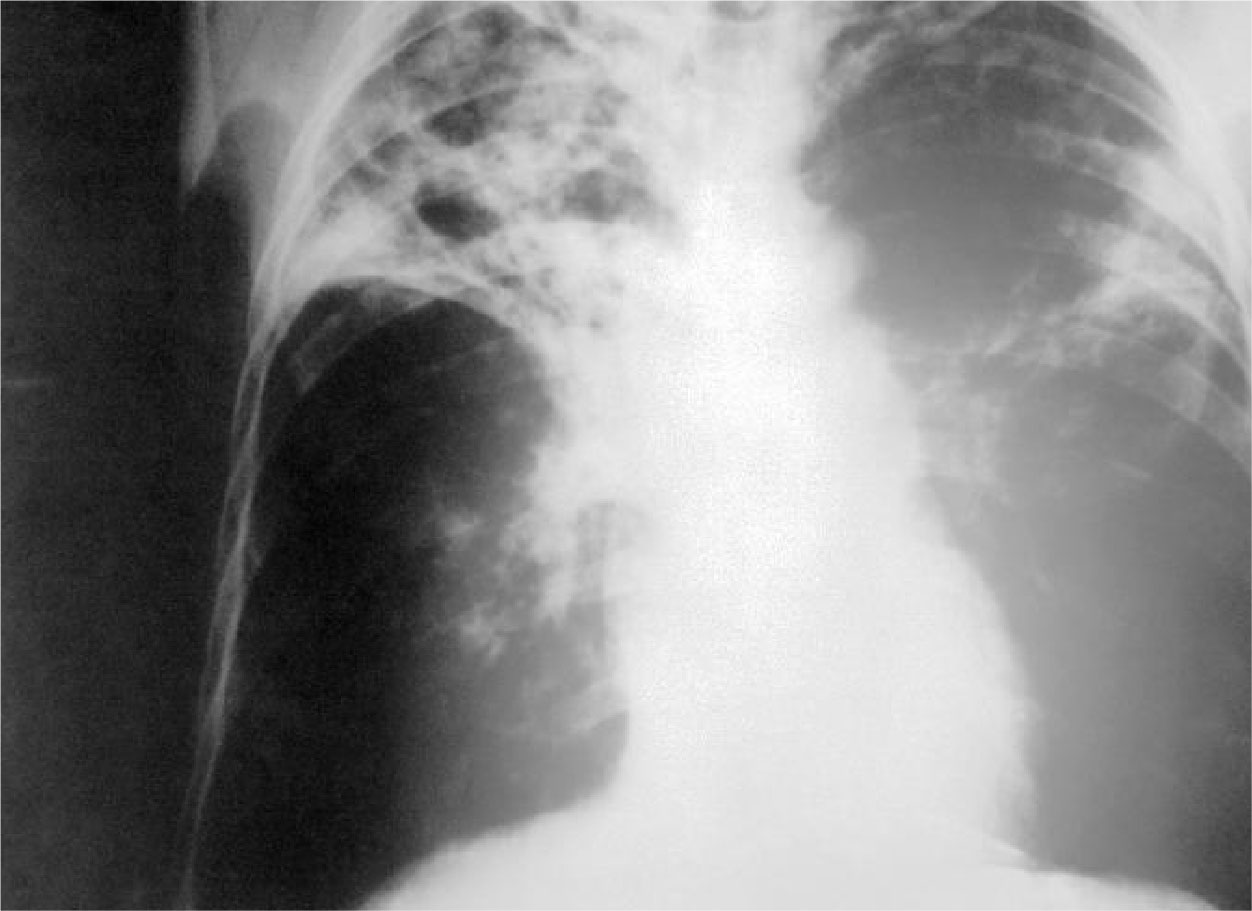TB is the most common opportunistic infection associated with HIV. It is also a leading cause of death among people with HIV worldwide. This is according to the Centre for Disease Control and Prevention (CDC).
Without treatment, as with other opportunistic infections, HIV and TB can work together to shorten a person’s life.
- Symptoms of TB
According to the CDC, symptoms of TB depend on where in the body the TB bacteria is growing. The bacteria usually grows in the lungs (pulmonary TB) and may cause symptoms such as:
- a bad cough that lasts three (3) weeks or longer
- pain in the chest
- coughing up blood
Other symptoms of TB disease are:
- weakness or fatigue
- weight loss
- no appetite
- chills
- fever
- sweating at night
Symptoms of TB disease in other parts of the body depend on the area affected, adds the CDC.
- How TB Spreads
TB bacteria are spread through the air from one person to another through coughing, speaking, or singing. People with TB are most likely to spread it to people they spend time with every day including family members, friends, and co-workers or schoolmates.
- Avoiding TB
TB can be avoided by amongst others not coming into close contact with known TB patients in crowded or closed places such as clinics, hospitals and prisons.
- Treatment
People infected with HIV who also have either latent TB (TB bacteria that lives in a person without making them sick) or TB disease can be effectively treated through medication.
Without treatment, TB can progress from a sickness to death.
Fortunately, there are a number of treatment options for people living with HIV who also have either latent TB infection or TB disease.


